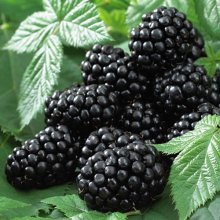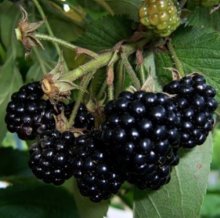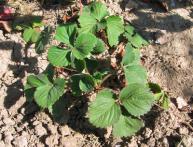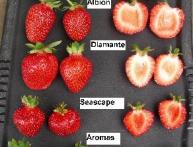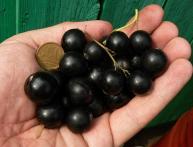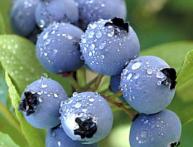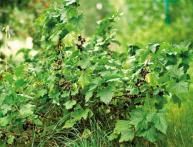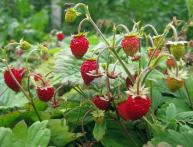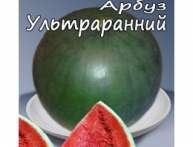Black satin blackberry: pros and cons of the variety, cultivation
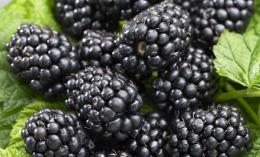
Blackberries are a common berry shrub, the popularity of which in modern gardening is evidenced by the presence of more than four hundred varieties.
With good care, more than 12 kg of berries can be harvested from one blackberry bush. The blackberry varieties Loch Ness, Oregon, Erie, Eldorado, Darrow, Triple Crow, Karaka Black are distinguished by the yield and good quality of berries.
Content:
Blackberry variety Black Satin
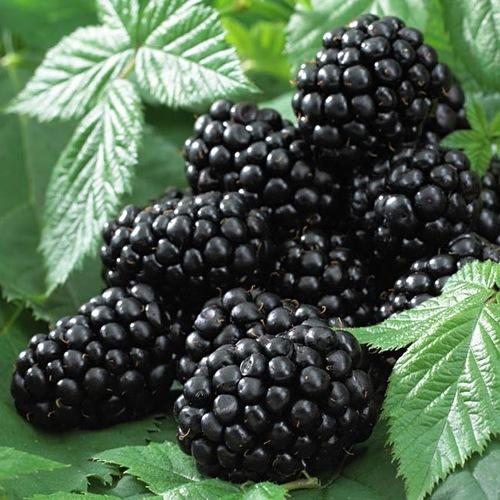
Of course, the Black Satin blackberry variety is also a good choice for growing in the country.
Like other varieties, it has many advantages, but it is not without several not entirely pleasant properties, which it is better to know about in advance.
Blackberry Black Satin belongs to very tall varieties whose shoots are completely devoid of thorns. It reaches a height of 5 and even 7 meters. At first, the shoot grows vertically, but after reaching the one and a half meter mark, it begins to grow horizontally, like creeping species.
The bushes are distinguished by their vigor of growth and produce powerful annual growth, but do not tend to produce root shoots. The leaves are bright green, trifoliate. The flowers are light purple at the beginning of flowering, gradually becoming white.
The berries of the black satin variety are round, slightly elongated. The average weight is 4 grams, in the upper part of the stems they can be larger - up to 7 grams. The berries are collected in 12 - 15 pieces in a brush. Ripe berries acquire a black color and a glossy shine.
The taste is pleasant, sweet, with slight sourness. With good care and timely watering, the berries are sweeter and larger. Maturation begins much earlier than in some popular varieties, such as Thornfree, in late July - early August, and can last throughout September.
An adult blackberry bush of the Black Satin variety, with proper cultivation techniques, can produce more than 20 kg of berries per season. Thanks to this yield, the variety can be recommended for cultivation in small farms for sale in fresh and processed form.
The disadvantages of the variety include:
- lower winter hardiness
- extended fruiting period
- not fully ripe until frost
It should be said that ripe berries should be collected once every three to four days, and should not be left on the shoots for a longer period. The berries are more suitable for immediate fresh consumption and for processing into compotes, jams, preserves, juice, wine, since they are excessively soft when fully ripe and do not tolerate transportation and fresh storage well.
It is much more convenient to store berries frozen; if the freezing process is carried out correctly, the fruits do not lose their quality. In order for the Black Satin blackberry variety to fully demonstrate its positive qualities, you need to follow a few simple rules when growing it.
Planting and care
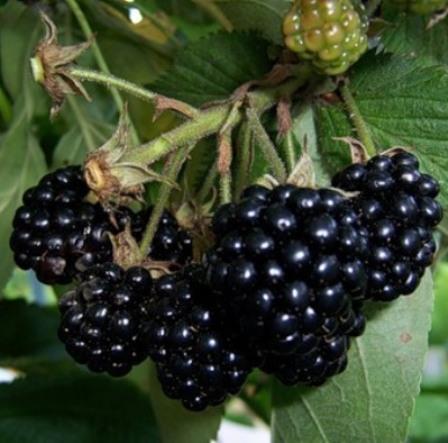
Proper planting of blackberries starts with choosing a location.
The location must meet the following characteristics:
- good sunlight
- lack of dense shadow
- Overmoistening and waterlogging of the soil are unacceptable
- Purely sandy soils should be avoided
The optimal planting time for the regions of the middle zone and the North is spring; in the southern regions, the black satin variety can be planted in autumn and spring.Before planting blackberries, it is necessary to completely clear the area of perennial weeds, remove all roots and rhizomes from the ground, and dig to a depth of at least a spade bayonet.
Organic and mineral fertilizers are applied to the soil in the area allocated for planting shrubs, per one square meter of area:
- at least 10 kg of humus
- 15 grams of superphosphate
- 20 grams of potassium sulfate
Planting holes in a row are located at a distance of one and a half meters from each other, between rows - up to 2.5 - 3 meters. After landing the seedling is watered abundantly. After watering, the tree trunk circle is mulched with compost and peat.
The root collar after watering should be slightly above the soil level. The first pruning of blackberries is carried out immediately after planting, leaving three to four well-formed buds on the shoot. Given the two-year development cycle of blackberries and the high growth of Black Satin shoots, they need vertical support.
It is best to use a trellis, the height of which should not be less than two meters.
The shoots of the current season must be fixed on the trellis in the direction opposite to the fruit-bearing shoots. Those stems that have produced a harvest this year must be completely cut off and removed from the plots in the fall after fruiting, in order to avoid the development of diseases.
The current year's shoots are shortened by 1/4 and tied into bunches. Carefully bend them to the ground so that in winter they are under the snow. In winters with little snow, it is better to take care of additional shelter, since the Black Satin variety is not highly frost-resistant.
In addition, to protect the blackberry roots from freezing, the root zone is mulched with compost, peat, and humus with a 15 cm layer.
In the spring, before the buds open, it is carried out formative pruning blackberries, which involves pinching shoots with an undesirable location and direction of growth, as well as shortening extra-long side shoots by 1/3.
In the summer, it is necessary to control weeds, loosen the soil and provide additional watering in dry weather. You should also remove ripe berries in a timely manner, preventing them from rotting on the shoots.
The optimal frequency is every three days. It is best to harvest at the stage of technical maturity, otherwise the berries of the black satin variety will become excessively soft.
Following simple agrotechnical rules will delight you with a bountiful harvest of dessert and aromatic blackberries of the Black Satin variety.
Video about proper care and pruning of Black Satin blackberries.
Interesting information about the vegetable garden

